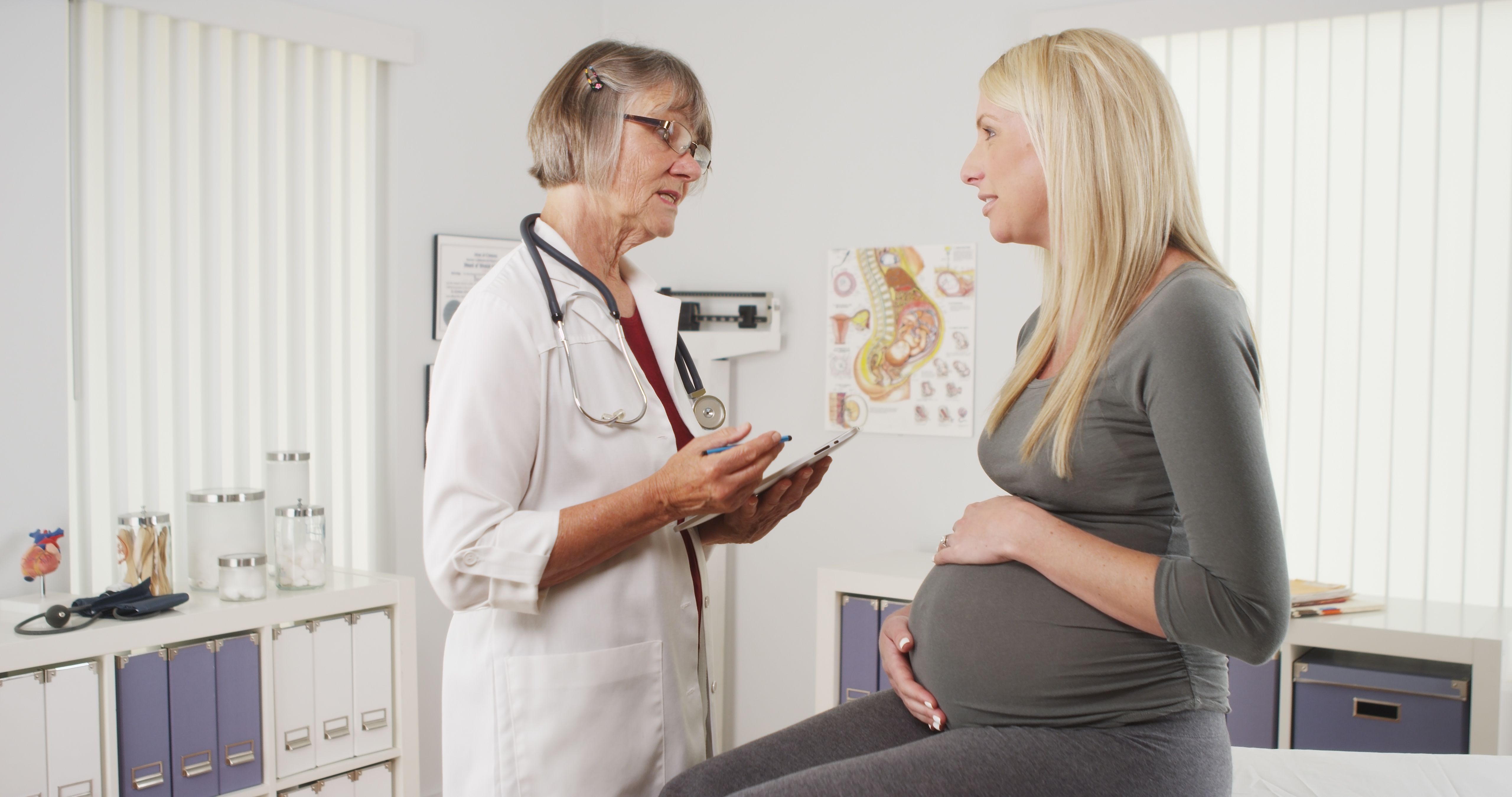Pregnancy complications and risk of PTB based on maternal age
Older women with preeclampsia have a 50% higher risk for spontaneous or iatrogenic preterm birth than younger women with preeclampsia, according to research from AOGS.
©rocketclips - stock.adobe.com

Older women with preeclampsia have a 50% higher risk for spontaneous or iatrogenic preterm birth than younger women with preeclampsia, according to a population-based study of delivery hospitalizations in Alberta, Canada, published in the journal Acta Obstetricia et Gynecologica Scandinavica (AOGS).
“Previous research has indicated that pregnancy-related medical complications are associated with an increased risk of preterm birth after controlling for maternal age,” said principal investigator Amy Metcalfe, PhD, an associate professor of ob/gyn, medicine and community health sciences at the University of Calgary in Canada. “But we were curious as to whether the strength of this connection actually differs across maternal age groups.”
Methods
The investigators analyzed populationâbased, crossâsectional data from the Alberta Discharge Abstract Database (DAD) for women aged 18 to 50 with singleton live births in Alberta hospitals between 2014–2017 (n = 152,246). Complications were identified from diagnostic codes. The prevalence of advanced maternal age (≥35 years) was 19.2%.
Findings
Age modified the risk of PTB from preeclampsia only, with risk differences of 9.9% (95% confidence interval [CI]: 7.2 to 12.6) in older women (≥35 years) vs. 6.1% (95% CI: 4.8 to 7.4) in younger women (P= 0.012) for spontaneous preterm birth (sPTB), and 29.5% (95% CI: 26.0 to 33.1) vs. 20.8% (95% CI: 18.9 to 22.6) for iatrogenic PTB (P< 0.001).
“These findings align with our hypothesis, and may be explained by aging-related impairments in utero-placental functioning and by different treatment algorithms for patients presenting with both older age and preeclampsia,” Dr. Metcalfe told Contemporary OB/GYN.
The study also found that population attributable fractions (PAFs) of spontaneous/iatrogenic PTB types for all three complications were consistently 2% to 5% greater in advanced maternal age (≥35 years). In addition, PAFs were significantly larger for preeclampsia (sPTB: 5.1% vs. 2.7%, P = 0.002; iatrogenic PTB: 18.8% vs. 14.0%, P < 0.001) and placental disorders (sPTB: 12.5% vs. 8.7%, P < 0.001; iatrogenic PTB: 13.2% vs. 8.9%, P < 0.001). “This is consistent with our expectations, given that pregnancy complications are more prevalent in older mothers than younger mothers,” Dr. Metcalfe said.
Conclusions
However, the excess risk from age modification that the study observed was small, and may not warrant changes to clinical practice, according to Dr. Metcalfe. “Nonetheless, our findings can be useful for healthcare providers when estimating and communicating risk of preterm birth to older pregnant women,” she said. Moreover, the size of the PAFs in the study indicates that public health policies aimed at diagnosing, treating and preventing pregnancy complications, especially among older mothers, may help decrease the burden of preterm birth.
“We expect that our study approach and findings may motivate further research on the different means by which maternal age can influence the etiology of adverse outcomes in obstetrics,” Dr. Metcalfe said. “Exploring PAFs for combinations of medical, lifestyle and social factors across maternal age groups may also yield valuable information, considering the advent of prevision public health in preterm birth prevention.”
Disclosures:
Dr. Metcalfe reports no relevant financial disclosures.
S1E4: Dr. Kristina Adams-Waldorf: Pandemics, pathogens and perseverance
July 16th 2020This episode of Pap Talk by Contemporary OB/GYN features an interview with Dr. Kristina Adams-Waldorf, Professor in the Department of Obstetrics and Gynecology and Adjunct Professor in Global Health at the University of Washington (UW) School of Medicine in Seattle.
Listen
Study shows a healthy prenatal diet could be upstream obesity prevention strategy
December 26th 2024"Our findings support the recommendation of a healthy diet based on the current guidelines (as measured by the HEI) during pregnancy, since it may reduce patterns of infant growth outside reference ranges."
Read More
Early pregnancy cannabis use high in states with recreational legalization
November 11th 2024A population-based time-series analysis California before, during and after legalization show a rising trend in women using cannabis while pregnancy especially when the state has legalized the drug.
Read More
